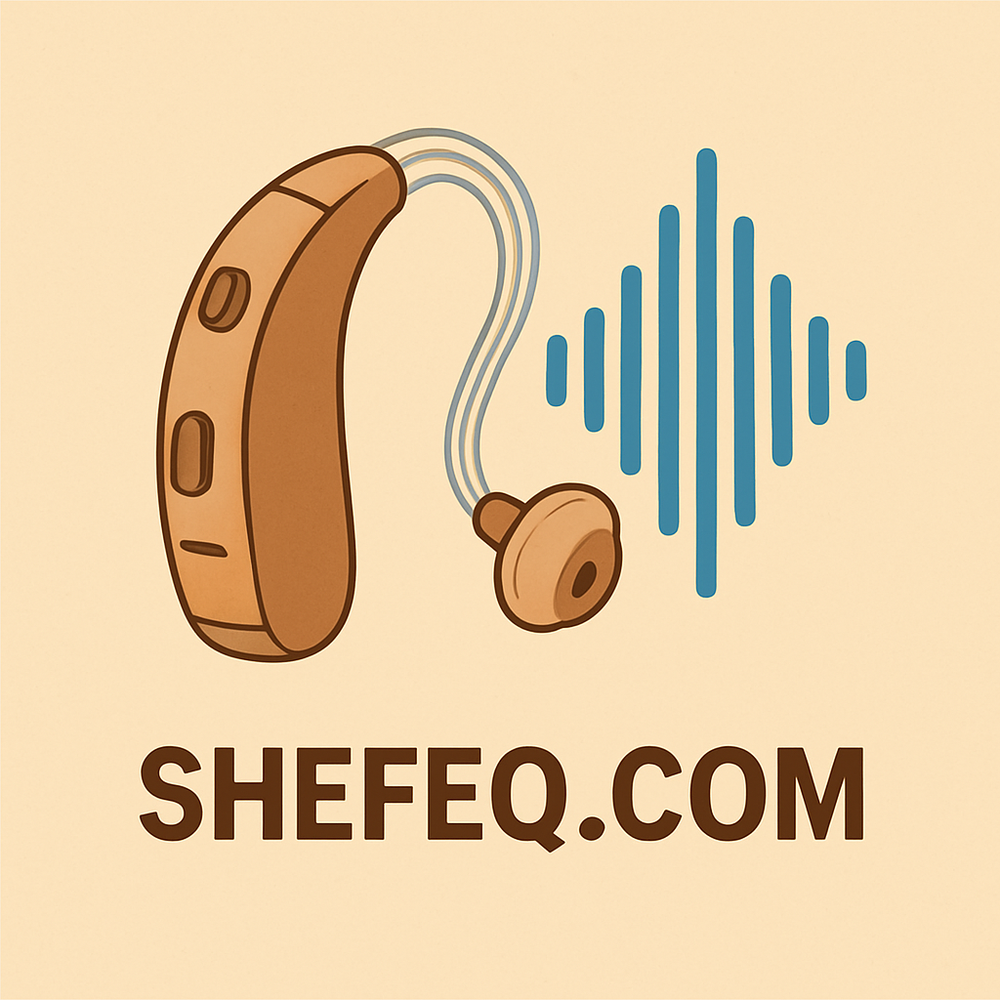Sound – An Invisible Bridge
Imagine living inside an aquarium. People are speaking, music is playing, cars are moving—but everything sounds muffled, unclear, fragmented. That’s what life feels like for someone with hearing loss. Hearing isn’t just a physical ability. It’s a connection to people, learning, safety, and emotions. It’s how we stay in tune with the world.
According to the World Health Organization, over 1.5 billion people globally experience some form of hearing loss. Yet this widespread issue often remains invisible, underestimated, or ignored.
The Silent Threat: What Happens When Hearing Declines?
Hearing is not just about the ears. It involves the brain—memory, attention, language, and emotional regulation. Even mild hearing loss can cause a chain reaction:
-
Social isolation – When conversations become hard to follow, people start withdrawing. Not by choice, but by necessity.
-
Cognitive decline – Studies show that hearing stimulation keeps the brain active. Without it, memory and focus suffer. In fact, untreated hearing loss can accelerate dementia.
-
Emotional stress – Constantly asking “What?” or feeling left out can lead to frustration, embarrassment, anxiety, and depression.
-
Workplace difficulties – Poor hearing affects productivity, communication, and in some cases, career advancement.
-
Safety risks – Missing crucial sounds like alarms, traffic, or warnings can be dangerous.
Despite these consequences, many people delay seeking help—often due to stigma or lack of awareness.
The Hearing Aid: A Microcomputer, Not a Megaphone
Many people think of hearing aids as bulky amplifiers. But modern hearing aids are intelligent, miniature devices—closer to smartphones than old-fashioned gadgets. They offer:
-
Digital sound processing – Enhances speech, reduces background noise, and delivers natural sound.
-
Directional microphones – Help focus on voices in front, improving clarity in noisy environments.
-
Bluetooth connectivity – Pair with phones, TVs, or computers to stream audio directly into the ear.
-
Automatic adjustments – The device senses the environment (restaurant, street, home) and optimizes settings on its own.
This isn’t just a tool—it’s a smart assistant bridging the gap between the brain and the world.
Hearing Again Means Living Again
-
Restored communication – Conversations become smooth, enjoyable, and stress-free.
-
Mental sharpness – Regular auditory input keeps the brain stimulated and alert.
-
Boosted confidence – No more fear of misunderstanding or being left out.
-
Increased safety – Hearing warning sounds in time can prevent accidents.
-
Reconnection with joy – Music, laughter, nature—all become accessible again.
Breaking the Myths: What a Hearing Aid Is NOT
-
It’s not just for the elderly. People of all ages—including children—use hearing aids.
-
It’s not visible or embarrassing. Most models are discreet and almost invisible.
-
It’s not a sign of weakness. In fact, using one shows strength, responsibility, and a desire for a full life.
-
It’s not uncomfortable. Modern devices are light, ergonomic, and easy to wear all day.
The Most Important Step: Don’t Wait
If you or someone close to you:
-
frequently asks others to repeat themselves,
-
turns up the TV volume,
-
struggles to follow conversations in noisy places—
it’s time to see a hearing specialist. An audiologist can assess the level of hearing loss, recommend the right device, and program it for individual needs.
Conclusion: The Sound of Life
A hearing aid isn’t just a device—it’s a gateway. It brings back connection, awareness, joy, and safety. Thanks to modern science and technology, we can now give sound—and life—back to those who thought it was lost.
The earlier the support comes, the faster a person can return to active, meaningful living.

